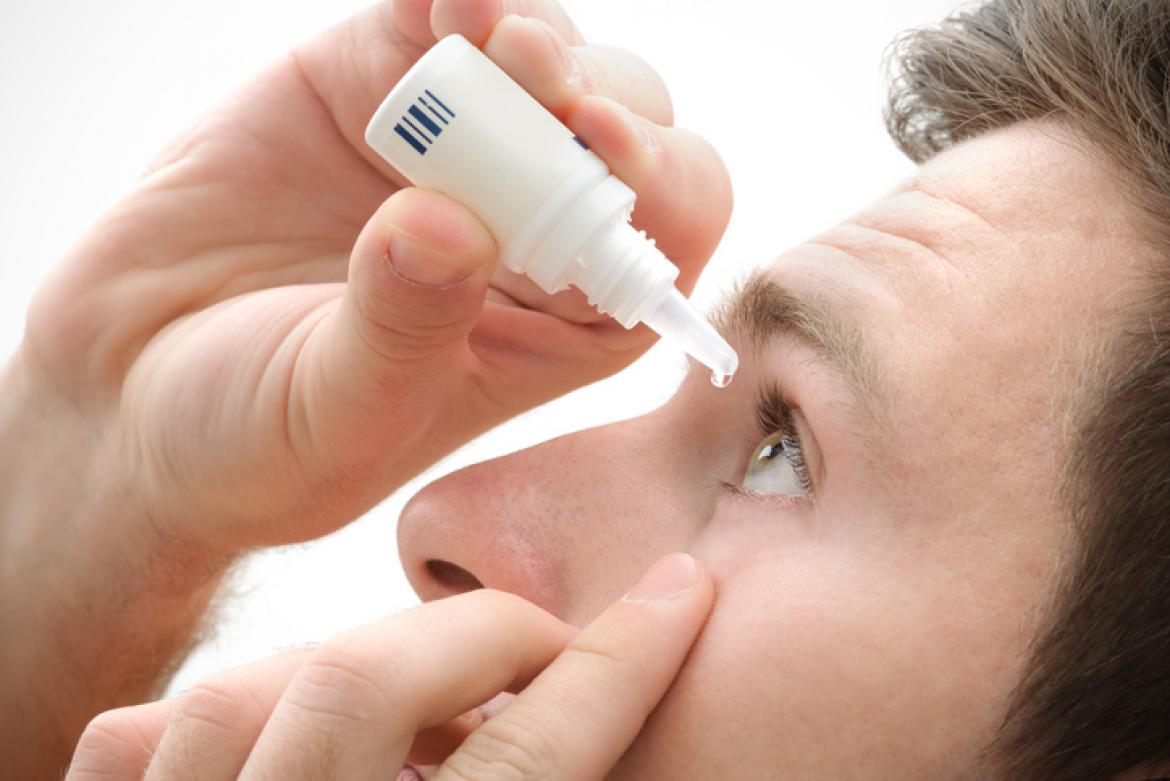Are eye drops able to cure cataracts without surgery?

Scientists have been working to develop an eye drop medication that reduces the severity of cataracts, and perhaps one day prevents them.
If such an eye drop is possible and can be made available and affordable, it could have a big impact for eye health for millions – especially those in poor regions of the world where cataract surgery access is limited.
What Are Cataracts?
A cataract is a clouding or loss of transparency in the eye’s natural lens. The lens is composed of proteins called crystallins. When young and healthy, these proteins keep the lens clear; with age, the proteins break down and clump together, causing the lens to lose clarity and a cataract to form.
Cataracts degrade vision and cause images to appear fuzzy, cloudy or blurry, like looking through a dirty window. Cataracts are the major cause of blindness among people over 55 years.
Cataracts generally develop gradually, as part of normal ageing, but may occur in younger individuals due to taking certain medications (like steroids), smoking, diabetes, excessive alcohol drinking, or eye trauma. Cataracts can also be caused by some types of eye surgery. Rarely babies can be born with congenital cataracts.
Cataract Surgery
Cataracts are treated today very successfully by cataract surgery. Cataract surgery involves removing the cataract and inserting a clear artificial lens implant in its place. The procedure is usually performed under local anesthesia and takes less than 30 minutes in most cases.
During cataract surgery, your surgeon removes the cataract by ultrasound and inserts a new intraocular lens implant. From days 1-4, the vision begins to improve, but full recovery generally takes 3-4 weeks. During this recovery period, you will need to return to your surgeon for follow-up visits.
Cataract surgery is one of the most commonly performed and successful operations in the world. The vast majority of cases are performed safely, with minimal complication rate, and generally high satisfaction following the surgery. However, there is always a very small risk of adverse events or complications.
Eyedrops For Cataract Treatment
There is understandable interest in developing an eye drop medicine that can be used to treat cataracts. The likely target is a compound called lanosterol, a steroid precursor.
Lanosterol was first evaluated by studying two children with a rare inherited condition, causing cataracts to develop at an early age. Both children shared a genetic mutation that caused lanosterol production to be blocked. Scientists presumed that lanosterol might keep the human lens clear by stopping the breakdown and clumping of the normally clear crystalline proteins in the lens.
Moving from cell-based studies to animal studies, the scientists found that lanosterol drops reduced lens fibre clumping and improved lens clarity. In animals, lanosterol was shown to shrink the cataracts and improve transparency of the lens.
Human studies have not been as promising as animal studies carried out. The compound that seemed useful on preliminary animal studies failed to make a big difference in humans. Much more work is required to develop drops to treat cataracts and to know if these drops are safe and/or effective for humans. It is uncertain if drops can improve vision to the same extent as cataract surgery.
The standard of care remains surgical removal of cataracts. Cataract surgery is safe, straightforward and generally relatively comfortable; and generally results in pleasing improvements in vision. Perhaps in the decades to come, eye drops might be used in conjunction with, or even replace cataract surgery in some populations.